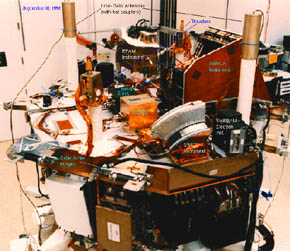A photo of the ACE spacecraft which shows some of the instruments.
Click on image for full size
NASA
Click on image for full size
NASA
Related links:
The University of Michigan's Solar and Heliospheric Research Group The official ACE SWICS/SWIMS site
ACE Instrumentation Page
The ACE spacecraft consists of a two-deck irregular octagon, about 1.6 meters (65 inches) across and about 1 meter (40 inches) high. Eight of the scientific instruments which measure a variety of particle types are mounted to the main body of the satellite. Attached to the solar panels is the ninth instrument (see table below...), a pair of magnetometers.
| Instrument | Acronym | Principal Investigator |
|---|---|---|
| Cosmic Ray Isotope Spectrometer | CRIS | Caltech, Washington University, GSFC, JPL, University of Chicago |
| Electron, Proton and Alpha Monitor | EPAM | JHU/APL |
| Magnetometer | MAG | UD/Bartol Research Institute, GSFC |
| Solar Energetic Particle Ionic Charge Analyzer | SEPICA | University of New Hampshire, Max Planck Institute |
| Solar Wind Electon, Proton, and Alpha Monitor | SWEPAM | Los Alamos Laboratory |
| Solar Wind Ionic Charge Spectrometer | SWICS | University of Maryland, University of Bern |
| Solar Wind Ion Mass Spectrometer | SWIMS | University of Maryland, University of Bern |
| Ultra Low Energy Isotope Spectrometer | ULEIS | JHU/APL, University of Maryland |
What's New on the Site?
When Nature Strikes - Earthquakes
When Nature Strikes - Volcanoes
When Nature Strikes: Tsunami Classroom Activity
When Nature Strikes: Wildfires - Why are they a challenge to stop?
Windows to the Universe Community | |
News | Opportunities |
You might also be interested in:

Cool It! Game
Check out our online store - minerals, fossils, books, activities, jewelry, and household items!...more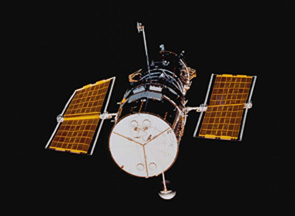
Hubble Space Telescope
The Hubble Space Telescope (HST) is really neat! It was first launched in 1990, but scientists started building it in the 1970's! We have found all kinds of objects like stars, nebulae and galaxies. The...more
Apollo 11
Apollo 11 was the first mission that landed a person on the moon. On July 16, 1969, the U. S. rocket Saturn 5 was launched carrying the lunar landing module Eagle. The Eagle was released and it reached...more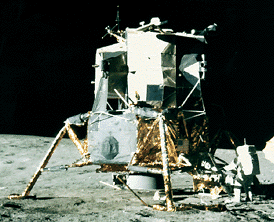
Apollo 12
Apollo 12 was launched on Nov. 14, 1969 and arrived at the Moon three days later. Astronauts Charles Conrad and Alan Bean descended to its surface, while Richard Gordon remained in lunar orbit aboard the...more
Apollo 15
Apollo 15 marked the start of a new series of missions from the Apollo space program, each capable of exploring more lunar terrain than ever before. Launched on July 26, 1971, Apollo 15 reached the Moon...more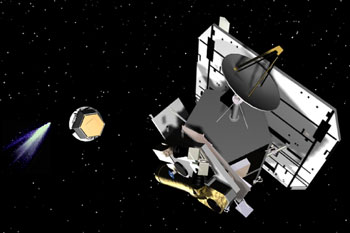
Deep Impact Mission
NASA chose Deep Impact to be part of a special series called the Discovery Program. This program is for cheap, scientific projects. In May 2001, NASA said it was ok to start with mission development for...more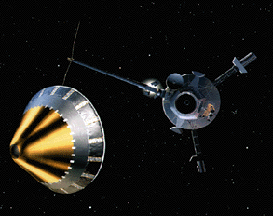
Galileo
Galileo was a spacecraft that orbited Jupiter for eight years. It made many discoveries about Jupiter and its moons. Galileo was launched in 1989, and reached Jupiter in 1995. The spacecraft had two parts....more
Lunar Orbiter
During 1966 through 1967, five Lunar Orbiter spacecrafts were launched, with the purpose of mapping the Moon's surface in preparation for the Apollo and Surveyor landings. All five missions were successful,...morePlease log in
Science Blogs
Real Climate: climate science from climate scientists

Windows to the Universe, a project of the National Earth Science Teachers Association, is sponsored in part is sponsored in part through grants from federal agencies (NASA and NOAA), and partnerships with affiliated organizations, including the American Geophysical Union, the Howard Hughes Medical Institute, the Earth System Information Partnership, the American Meteorological Society, the National Center for Science Education, and TERC. The American Geophysical Union and the American Geosciences Institute are Windows to the Universe Founding Partners. NESTA welcomes new Institutional Affiliates in support of our ongoing programs, as well as collaborations on new projects. Contact NESTA for more information.



